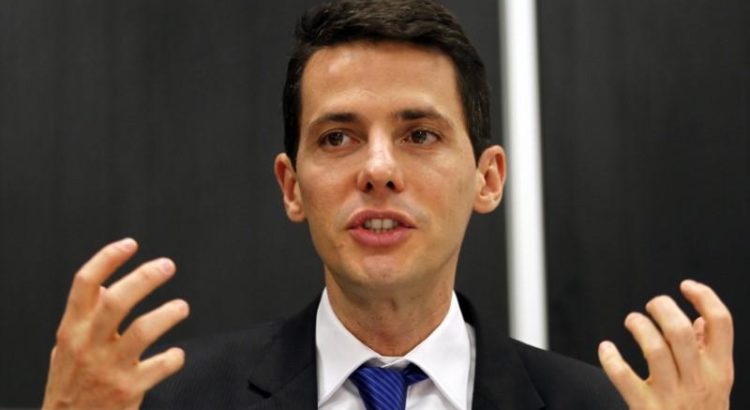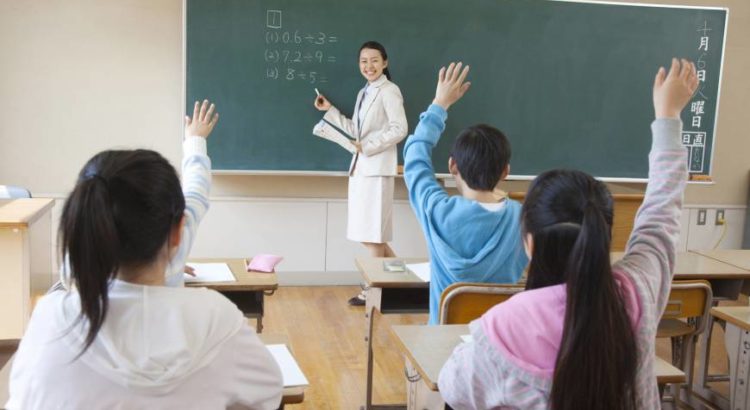Japan/November 28, 2017/By: IKUKO TSUBOYA-NEWELL/ Source: https://www.japantimes.co.jp
Among the 34 nations in the Organisation for Economic Co-operation and Development, Japan has always been among the bottom three when it comes to public spending on education as a percentage of GDP. In 2011, Japan was the worst at 3.8 percent, followed by Slovakia and Italy — against the OECD average of 5.6 percent. Countries that come on top in this category are Denmark, Norway and New Zealand.
Of course, to be fair, the ratio of student numbers to the total population needs to be considered with respect to this data. Japan, in fact, has the second-lowest ratio at 15.5 percent, sitting between Chile, the lowest, and Italy. The OECD average is 22.2 percent.
Looking at the ratio of spending on education to total general government spending, the OECD average is 12.9 percent. Again Japan ranks low, coming in second to last at 9.1 percent, just above Italy at 8.6 percent. At the top is New Zealand with 21.6 percent.
In summary, Japan does not invest heavily in education. This creates financial pressure on households as they try to provide fundamental education to their children, particularly in the underfunded areas of preschool and higher education. Data show that when it comes to household expenditures for pre-elementary school education, the top five spenders are Japan, Australia, South Korea, the United States and Spain. For higher education they are Chile, South Korea, the United Kingdom, Japan and the U.S.
In all of these countries, a large number of households bear heavy financial burden for these two important stages of education.
In the case of Japan, we see that annual government spending per head is quite unevenly distributed — people in their 70s and 80s receive far more, for example, than newborns to 16-year-olds because of the heavy cost of welfare programs such as pensions, medical services and nursing care.
While this lopsided distribution has long been the case, the government is now seeking to shift resources more toward the younger generation. It plans to provide more public funding for preschool education, and Prime Minister Shinzo Abe’s Liberal Democratic Party is considering the introduction of a scheme to ease household costs for higher education similar to the HECS-HELP system in Australia, in which the government issues an interest-free loan on behalf of students to pay tuition fees directly to higher education providers. This loan is subject to indexation but charges no real interest. Students begin to repay the debt once their income is above a minimum threshold.
These are good initiatives, but are they enough? There are other factors that should be considered as well, and one very important issue is class size and diversity of students per class. As far as elementary schools are concerned, countries with the largest class sizes are Chile, with an average of 30.4 students, followed by Japan with 27.9 and Israel with 27.3. The OECD average is 21.2. For junior high schools, the average in South Korea is 34.0, while in Japan it is 32.7 and for Israel it is 28.7. The OECD average is 23.3 students per class.
It must be noted that the numbers for Japan include schools in severely depopulated areas. There can actually be up to 40 students per class in any public school (except for the first grade, where the maximum is set at 35). This means populated areas generally have classes with far more students than the average. This is particularly problematic because these are the areas in Japan where students are more likely to be socio-economically and academically at risk.
In Japan, there are 631,000 students identified as having developmental disabilities in the public elementary and junior high schools. This translates to 2.5 students out of the maximum class size of 40. One out of seven students comes from a household of relative poverty, or 5.7 out of every 40. Among public elementary school students, 13.4 percent, or 5.3 out of every 40, say classes are too easy and boring. Another 15 percent, or six out of every 40, say classes are too difficult and that they have difficulty understanding the content. There are 80,119 non-Japanese students in public or state schools, from elementary to high school, who need intensive Japanese lessons. This is a distribution of 0.3 students per class.
Overall, there is likely to be a considerable range of students in any one large class. Surely this must impact the likelihood of effective teaching.
Reducing class size to increase student achievement has been debated and analyzed for several decades. Smaller class sizes are generally welcomed for allowing teachers more time to spend with each student and less time on classroom management. This means the teacher can provide better teaching, tailored to each student’s individual needs, to ensure maximum success. In this respect, smaller class sizes may be viewed as an indicator of the quality of a school system.
An influential and credible study of the effects of reduced class size is the Student Teacher Achievement Ratio (STAR) study carried out in the U.S. state of Tennessee in the late 1980s. In this study, students and teachers were randomly assigned either to a small class, with an average of 15 students, or a regular class, with an average of 22 students. It was found that a smaller class size increased student achievement by an amount equivalent to about three additional months of schooling over four years. A long-term follow-up survey of participants into adulthood showed that they were about 2 percent more likely to be enrolled in college at the age of 20.
International studies also provide evidence of the positive effect of class-size reduction. Israel, just like Japan, has a limit of 40 students. Researchers there found positive effects from smaller fourth- and fifth-grade classes.
Why then, do we in Japan, continue to maintain a class size limit of 40 when in the U.S., U.K., France and Germany the limit is around 30? Of course, to some extent the answer is related to decisions about the careful use of taxpayer money and considerations that it be used most productively without undue waste. Perhaps, because of historical and cultural factors, it has been easier to have larger classes in Japan. For instance, a Confucian heritage means that teachers are highly respected and easily obeyed, and thus less affected by larger class sizes.
The OECD points out that data from the Program for International Student Assessment (PISA) suggests that high-performing education systems, such as those in Japan and South Korea, prioritize the quality of teachers rather than class size. Catherine Rampell, writing in the The New York Times, also points out that South Korea and Japan, which have some of the highest-achieving students in the world, also have the biggest class sizes. Both of these reports are right and we should be proud of our achievement and the high quality of our teachers. However, even with our Confucian roots, it is growing ever more difficult for a single teacher to meet students’ individual needs in today’s educational contexts.
As far as I am concerned, I would support having my tax contributions spent on providing better educational environments suited to student needs. Why not start by aiming to achieve the OECD’s average number of students per class by limiting class size to 30 students? I do not think I am alone in thinking that one of the best investments for the future is to invest in our children’s education.
Ikuko Tsuboya-Newell is the founder and chair of Tokyo International School. She serves as the International Baccalaureate Japan ambassador and as adviser on revitalization of education commissioned by the Ministry of Education, Culture, Sports, Science and Technology.
Source:
https://www.japantimes.co.jp/opinion/2017/11/26/commentary/japan-commentary/education-best-investment-future/#.Whuxz0qWY2w








 Users Today : 29
Users Today : 29 Total Users : 35460160
Total Users : 35460160 Views Today : 43
Views Today : 43 Total views : 3418826
Total views : 3418826